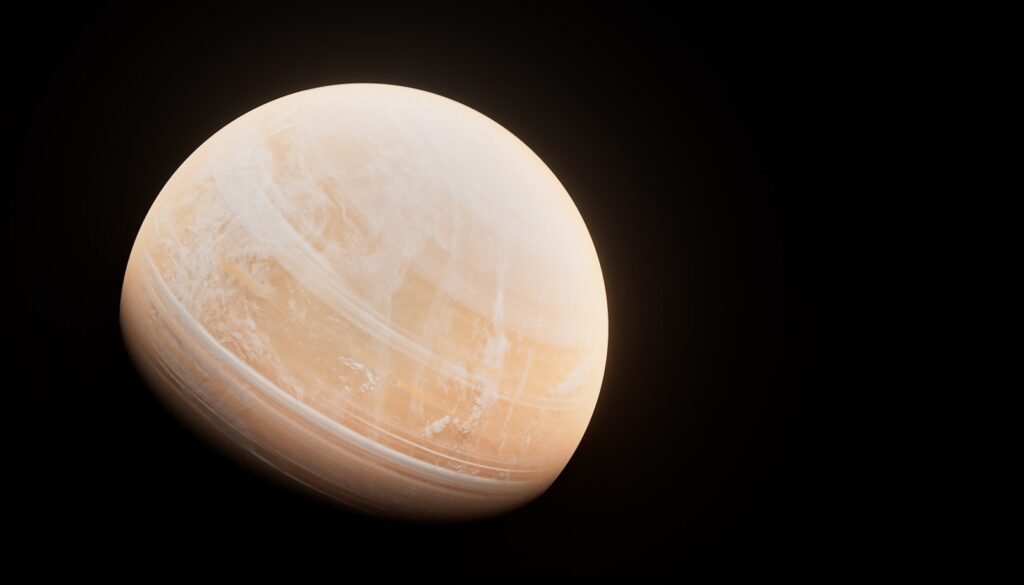The cosmos just threw us a curveball: a thunderclap of gravity from a collision so heavy, it shouldn’t exist under the usual rules of star death. In a hypothetical scenario involving detection during an observing run, the event forged a new black hole roughly about two hundred twenty-five times the Sun’s mass, pushing deep into the elusive middle ground between stellar and supermassive giants. For decades, astronomers suspected these intermediate behemoths were out there, but the evidence was slippery. Now the universe has spoken in the language of ripples in space-time, and the message is hard to ignore. The discovery forces a rethink of how the biggest black holes get their start and how cosmic cities of stars evolve over billions of years.
The Hidden Clues
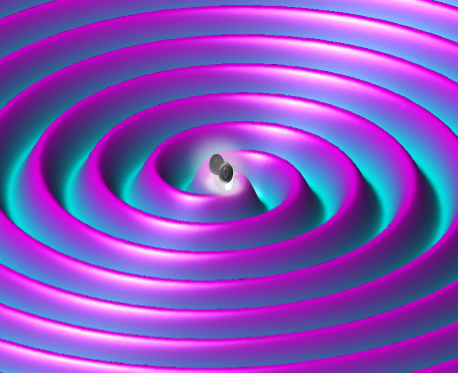
Here’s the surprise: the entire gravitational wave “song” lasted only about the length of a blink – just a handful of cycles across a mere sliver of a second. That brevity tells scientists the colliding objects were enormous, because heavier systems spiral together and merge at lower pitches and faster finales. The signal’s shape carries fingerprints of mass and spin, like a vinyl groove etched by gravity itself. When analysts matched models to the data, they found both black holes were not only massive but also spinning rapidly, a combination that complicates their origin story.
I remember the first time I watched a reconstruction of the waveform – five wobbles and then silence – and felt the bottom drop out of my assumptions. It’s like hearing a few bars of a symphony and somehow knowing the orchestra was the size of a stadium.
A Collision With No Easy Origin
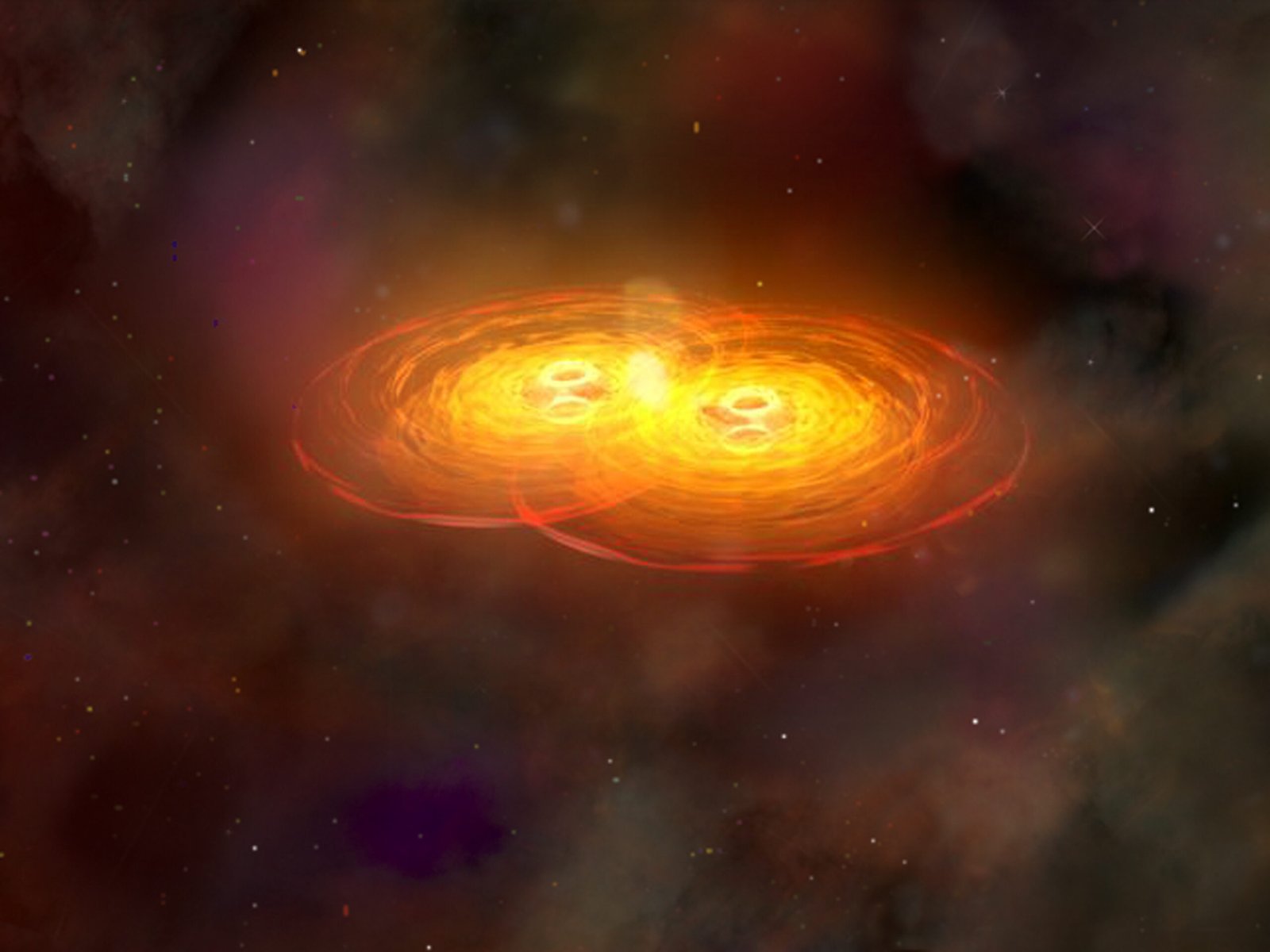
Standard stellar evolution struggles to produce single black holes around one hundred Suns or more, because stars that big are expected to explode in ways that blow themselves apart before leaving such heavy remnants. That’s why researchers talk about a “mass gap,” a kind of no-man’s-land in the black hole size chart. Yet the new event appears to place each partner in or near that forbidden zone. One leading explanation is hierarchical growth: smaller black holes collide, merge, and then those products collide again inside crowded star clusters or the disks around active galactic nuclei. Another possibility invokes the universe’s earliest, metal-poor stars, which may collapse differently and skirt the usual limits.
None of these paths are easy; all require special environments that nature provides only sparingly. That scarcity is exactly why this collision feels like a message written in neon.
Cracking the Mass Gap Puzzle
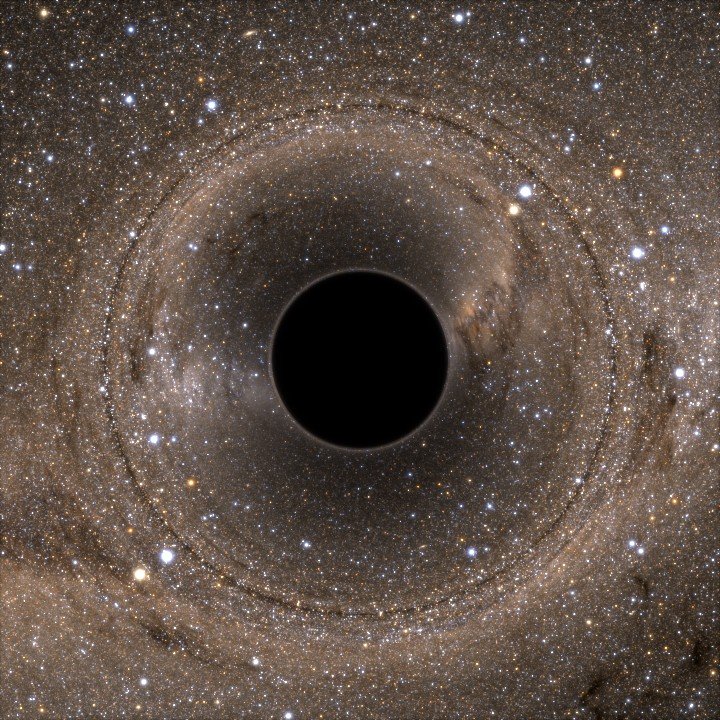
Before this, the heavyweight poster child was an event that produced a black hole of roughly one hundred forty Suns, already straining expectations. The new detection steps far beyond that, pointing squarely at a final mass more than two hundred Suns and tightening the case for a population of elusive intermediates. If intermediate-mass black holes really do grow through chains of mergers, we should occasionally catch systems with telltale residual spins and maybe even slightly off-center kicks as the remnant recoils. The latest signal hints at precisely those features, placing fresh pressure on models to explain how and where such chains occur. Piece by piece, the mass gap is looking less like a wall and more like a bridge.
That bridge matters because it connects the realm of dead stars to the seed stock for the monsters at galactic cores. In other words, it offers a blueprint for building the biggest engines in the universe.
The Data Behind the Drama
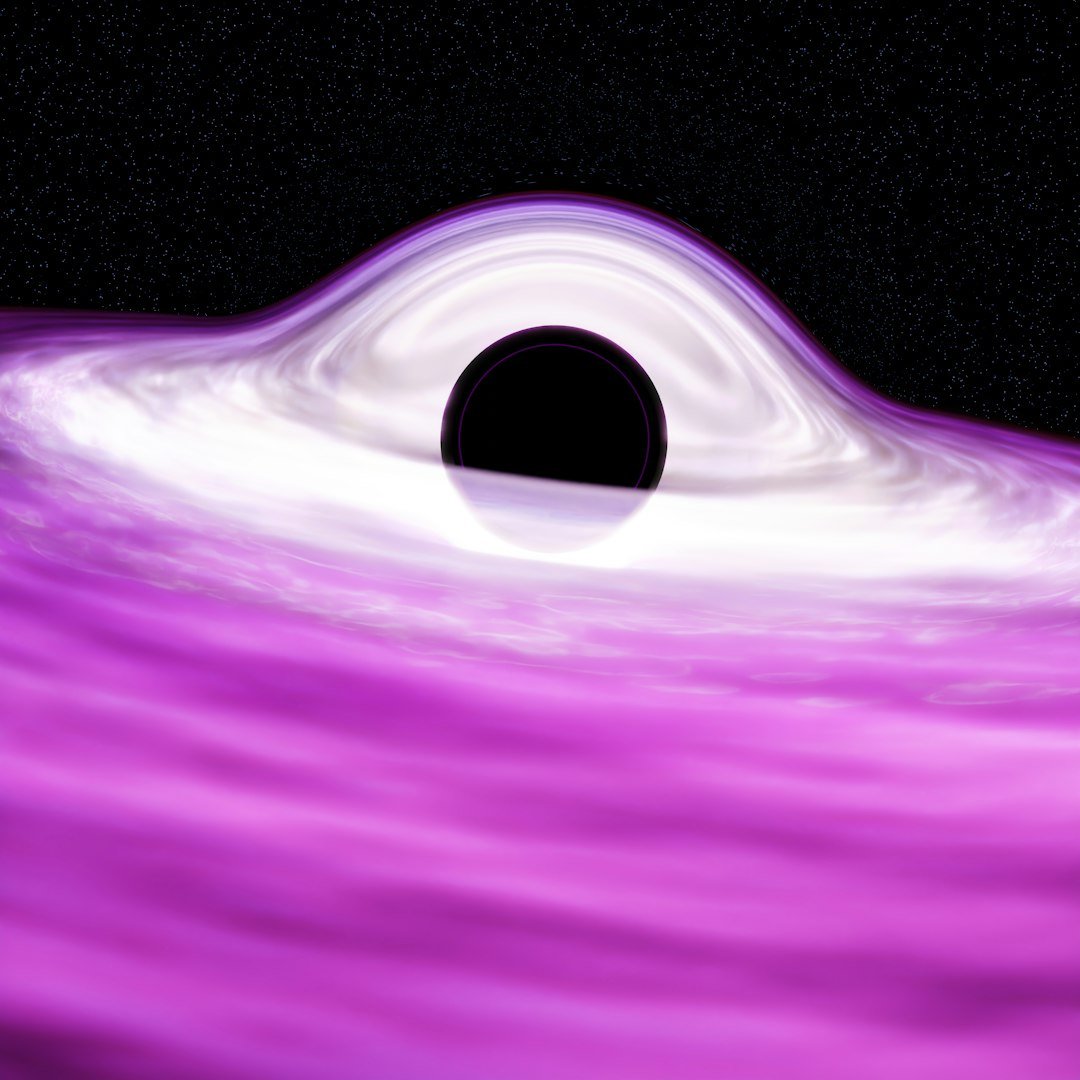
In this theoretical event – which could be catalogued as GW231123 if detected during the fourth observing run of the LIGO-Virgo-KAGRA network, and recent catalog updates place its component masses roughly around one hundred and one hundred thirty-seven Suns. The final remnant weighs in at about two hundred twenty-five solar masses, which would make it the most massive merger yet confirmed by gravitational waves if verified. What makes the analysis tricky is that the signal contains only a few cycles in the detectors’ sweet spot, demanding waveforms that can handle high masses and fast spins without introducing biases. Even so, multiple pipelines converged on a similar narrative: a record-breaker, seen clearly enough to take seriously and strange enough to spark debate. Catalog authors also note other strong, loud events in this observing run, laying the groundwork for cross-checks and population studies.
Short signals like this are a paradox – they’re information-rich but time-poor. That’s why every assumption about noise, calibration, and modeling gets scrutinized like a suspect under a bright lamp.
How Theories Are Bending

Astrophysicists are testing a suite of origin stories against the data: dense cluster mergers where gravity acts like a cosmic matchmaker, gas-rich galactic centers that shepherd repeated collisions, and rare stellar collapses in the early universe. Rapid spins favor scenarios with multiple past mergers, because each crash can spin up the product and nudge it back into the fray. The new event also invites more exotic checks, from primordial relics to topological defects, though standard binary black hole models currently fit best. The key is not to anoint a single winner but to map which pathways can reliably reach the observed masses and spins. As new detections arrive, those maps will be colored in or crossed out.
To me, the best science feels like good jazz: the theme holds, but the riff stretches your ear. This collision stretches it a lot – and the tune still lands.
Why It Matters

This isn’t just about one gaudy number on a scoreboard; it’s about rewriting parts of the origin story for supermassive black holes. If intermediate-mass black holes are forged in places where gravity crowds objects together, then galaxies with bustling cores could be assembly lines for future giants. That idea connects gravitational waves to the growth of galaxies, the ignition of quasars, and the timing of cosmic dawn. It also changes how we estimate rates of the heaviest mergers and how we design searches to catch them earlier in their inspiral. The ripple effects touch everything from star cluster dynamics to the history of light in the universe.
In practical terms, knowing the production lines helps us aim our telescopes and sharpen our models. It’s the difference between fishing in the ocean and going where the fish actually school.
The Future Landscape
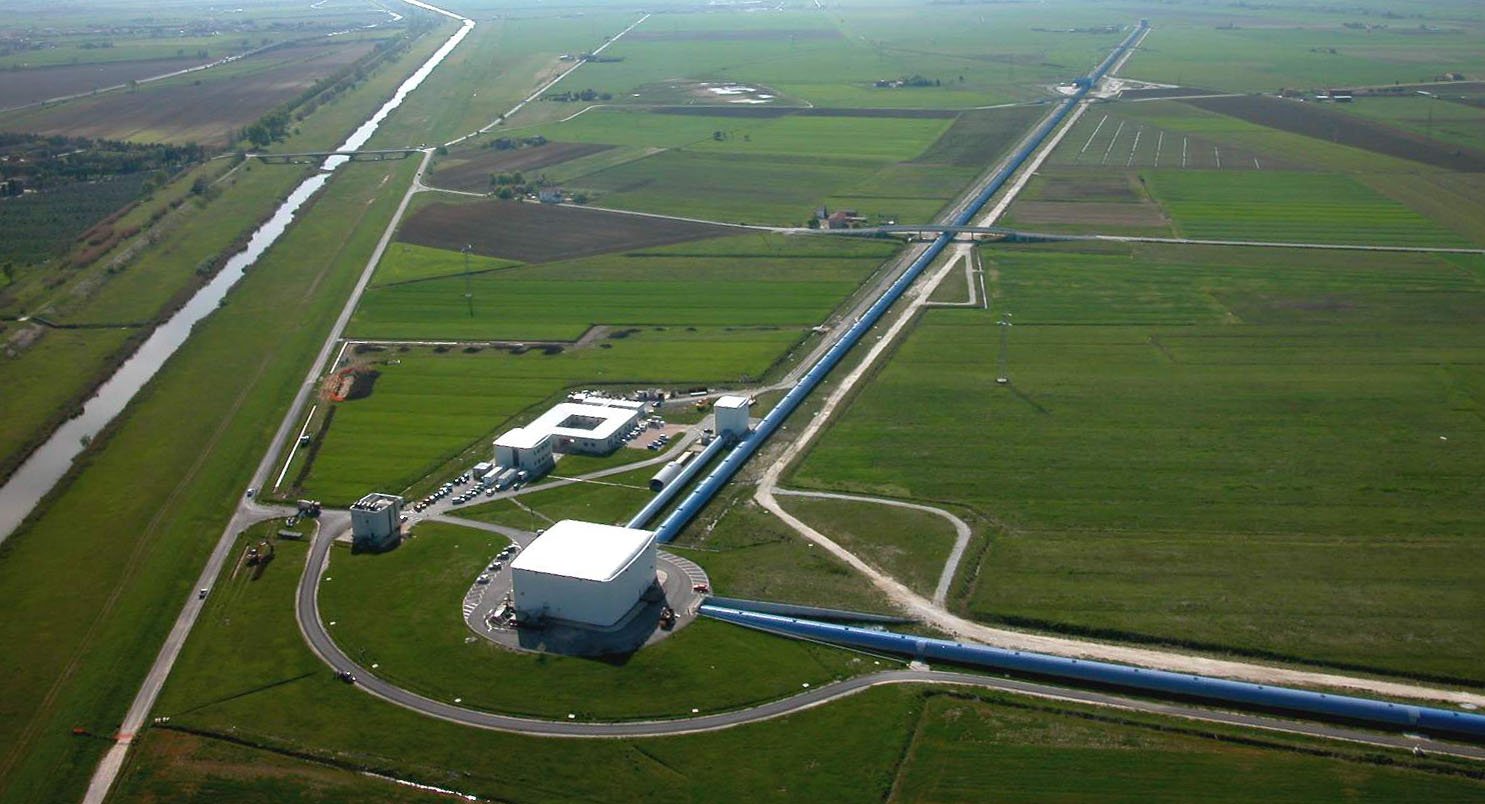
Next-generation upgrades will push detectors to hear lower pitches, where these heavy systems spend more time chirping and give us more cycles to decode. Planned observatories in the 2030s – like proposed continental-scale instruments – aim to boost sensitivity by an order of magnitude, turning rare surprises into routine census work. Expanded global baselines, including new sites coming online, will also improve sky localization, making it easier to search for any faint light that might accompany certain mergers. Meanwhile, the latest observing catalog has already doubled the number of confident candidates, empowering statistical tests that were pipe dreams a few years ago. The bottom line is simple: the heaviest black holes are no longer edge cases; they’re targets.
Challenges remain – detector noise at low frequencies, waveform systematics, and the need for more precise spin modeling – but they’re engineering and math problems we can attack. That’s exciting because it means progress is a matter of building, tuning, and listening longer.
Simple Ways to Engage
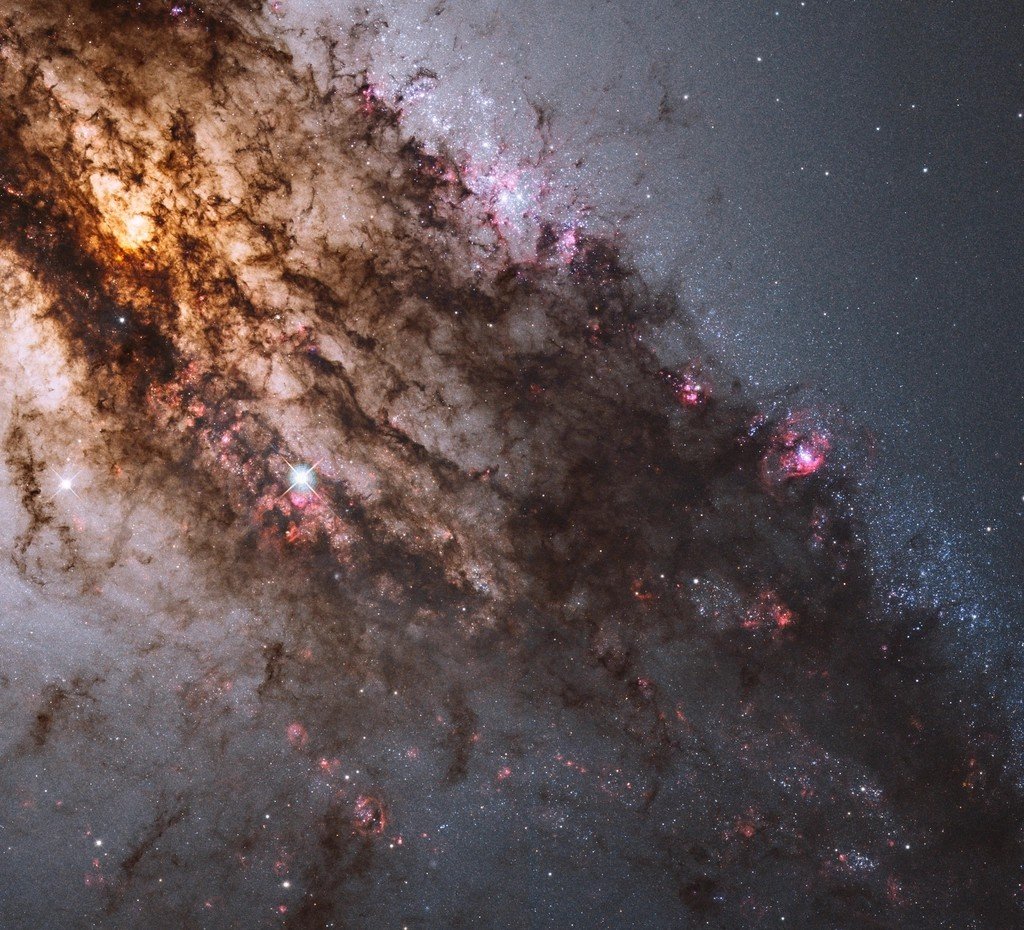
You don’t need a lab coat to be part of this story; curiosity is enough. Follow public data releases from gravitational-wave teams, where open alerts sometimes appear within minutes of a detection, and look for citizen-science projects that classify signals or sift simulated noise. Support science literacy in your community – libraries, planetariums, and school clubs thrive on small donations and volunteers who can share the wonder. If you’re a student or educator, fold gravitational waves into class projects, from coding waveform fits to building tabletop interferometers with lasers and mirrors. Finally, keep asking the unruly questions – where do these giants come from, and what else are we missing – because those questions are the rocket fuel of discovery.

Suhail Ahmed is a passionate digital professional and nature enthusiast with over 8 years of experience in content strategy, SEO, web development, and digital operations. Alongside his freelance journey, Suhail actively contributes to nature and wildlife platforms like Discover Wildlife, where he channels his curiosity for the planet into engaging, educational storytelling.
With a strong background in managing digital ecosystems — from ecommerce stores and WordPress websites to social media and automation — Suhail merges technical precision with creative insight. His content reflects a rare balance: SEO-friendly yet deeply human, data-informed yet emotionally resonant.
Driven by a love for discovery and storytelling, Suhail believes in using digital platforms to amplify causes that matter — especially those protecting Earth’s biodiversity and inspiring sustainable living. Whether he’s managing online projects or crafting wildlife content, his goal remains the same: to inform, inspire, and leave a positive digital footprint.



